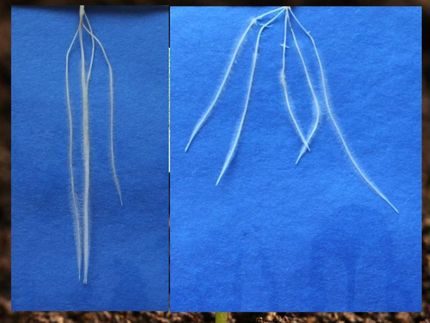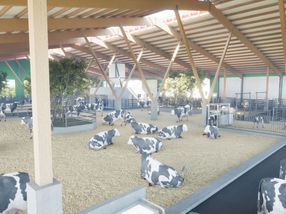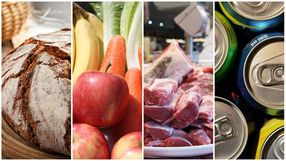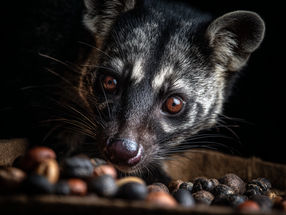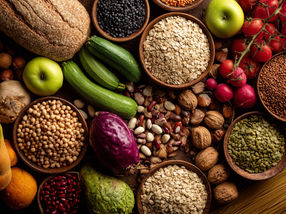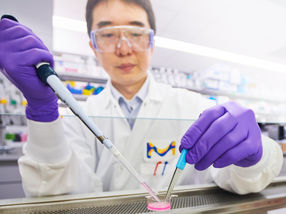Small gene, big effect: How the MKK3 gene controls dormancy in barley
Using advanced genetic analysis and field trials, researchers have mapped the diversity of MKK3 gene variants in barley from around the world
Advertisement
The Carlsberg Research Laboratory, the world's first industrial research laboratory, has announced a scientific breakthrough. This could help to protect crops from climate-related crop failures. True to the motto "Like beer, science should be shared", the results of the research led by Carlsberg, in which the IPK Leibniz Institute was also involved, have now been published in the journal "Science". This makes them available to science and breeding worldwide.
Unpredictable weather, which is exacerbated by climate change, causes billions in losses for cereal crops such as barley, wheat and rice. The premature germination of grain on the plant before harvest, known as pre-harvest sprouting (PHS), reduces the quality of the grain and jeopardizes food security. Grain that germinates before harvest generally does not meet the quality requirements of downstream industrial processes. It is also more susceptible to spoilage, mold and fungal infestation, meaning that it is often not even suitable as animal feed. These losses can then be devastating for farmers and companies that rely on the consistent production of high-quality crops.
An international team led by the Carlsberg Research Laboratory and involving the IPK has now discovered how the complex genetic control of the MKK3 gene regulates the dormancy and germination risk of barley. This has opened up completely new ways of breeding plants that are both resistant to extreme weather conditions and suitable for a wide range of agricultural requirements.
"At Carlsberg, we believe that scientific knowledge should be shared," said Birgitte Skadhauge, Vice President and Head of the Carlsberg Research Laboratory. "By publishing our research in Science, we are inviting the global scientific community to build on our findings, accelerate progress and help secure the future of food. This breakthrough goes beyond beer - it's about brewing a better future for all."
Using advanced genetic analysis and field trials on different continents, the researchers have mapped the diversity of MKK3 gene variants in barley from around the world. "Our work shows how centuries of farming and climate adaptation have shaped the genetic landscape of this important crop, and provides breeders with a roadmap to balance dormancy and germination risk - so that farmers everywhere can achieve better harvests, even as the weather becomes increasingly unpredictable," said Christoph Dockter, Head of Cereal Crop Development at the Carlsberg Research Laboratory.
The team discovered how different versions of the MKK3 gene affect seed dormancy and germination risk. They found that some variants have a greater resistance to wet harvest conditions. The figures from the research illustrate the global distribution of these gene variants and show the selection dynamics of centuries of domestication and breeding. They also highlight regions where farmers are at greatest risk from PHS. Data from multi-year field trials show how targeted breeding can help balance crop yields and resilience to support sustainable agriculture in a changing climate.
"The analysis of MKK3 gene variants and their global distribution was substantially supported and accelerated by the IPK-led barley pangenome analysis," explains Nils Stein, head of the "Genebank" department at the IPK. "Our work at the IPK aims to make the entire genomic diversity of our crop plants systematically available and thus more accessible for research and breeding use."
Note: This article has been translated using a computer system without human intervention. LUMITOS offers these automatic translations to present a wider range of current news. Since this article has been translated with automatic translation, it is possible that it contains errors in vocabulary, syntax or grammar. The original article in German can be found here.
Original publication
Morten E. Jørgensen, Dominique Vequaud, Yucheng Wang, Christian B. Andersen, Micha Bayer, Amanda Box, ... Cynthia Voss, Birgitte Skadhauge, Nils Stein, Eske Willerslev, Robbie Waugh, Christoph Dockter; "Postdomestication selection of MKK3 shaped seed dormancy and end-use traits in barley"; Science, 2025-11-6




